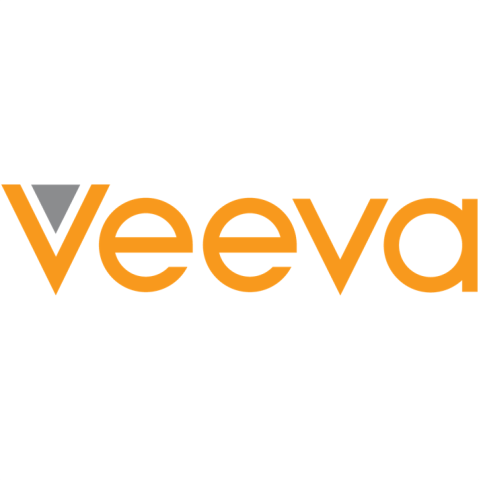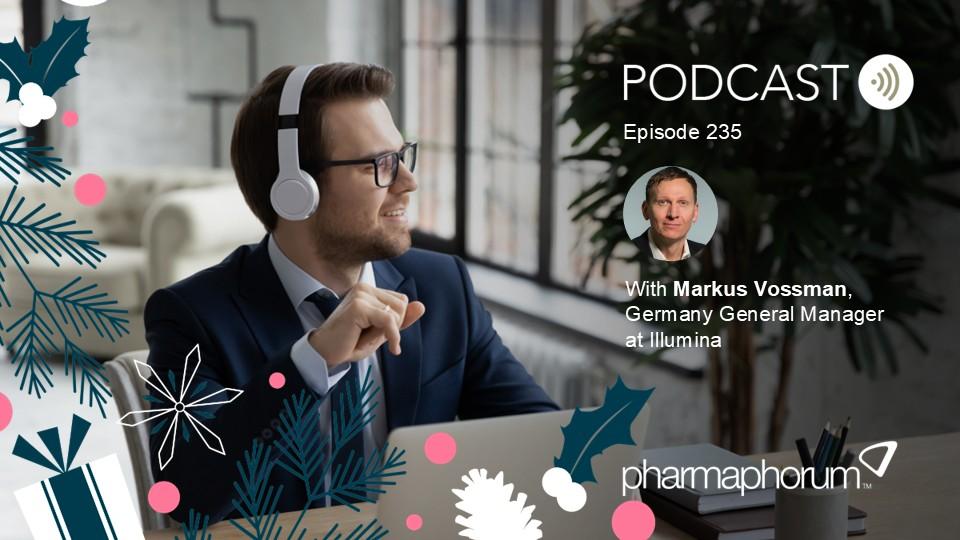Omnichannel experts lay out keys for biopharma marketing success

Credit COVID-19, the evolution of technology, changing physician workflows, or some combination of the three. But whatever the reason, digital technology has rapidly shifted the landscape of biopharma marketing.
Now, the challenge for biopharma companies and their marketing partners is to embrace this transition and lock in their own workflows to use tools like omnichannel marketing and virtual sales rep meetings, and more effectively.
In a recent pharmaphorum podcast, produced in partnership with Veeva in tandem with a new whitepaper, experts from Veeva, Sanofi, and Advanz Pharma discussed the digital transformation of biopharma marketing: lessons learned and how it’s going on the ground. You can check out the podcast here and the whitepaper, “Elevating HCP Engagement Through Field Behavioral Change”, here.
The roundtable podcast was moderated by Victoria Serra Gittermann, European customer experience lead at Veeva Systems and Sebastian Noel, Veeva’s director of multichannel strategy. It featured Andy Eeckhout, global head of CRM and digital solutions at Advanz Pharma, and Mokhtar Elsayed, head of global go to market commercial transformation at Sanofi.
Putting the field teams in the driver’s seat
The field teams who are working directly with HCPs are at the heart of any marketing strategy. But these teams already have a lot on their plate staying up to date on scientific knowledge and forming and nurturing their relationships with providers. Asking them to master omnichannel marketing on top of that is a tall order, but they’re also the ones most likely to know which channels are best for which purposes.
Eeckhout says that, at Advanz pharma, the priority is empowering those teams.
“More than ever we put the [field teams] in the driver’s seat,” he said. “Obviously with a lot of guidance and a lot of help, but you must give the freedom and the responsibility to the [field team]. There are lots of ways to help them, but you have to give them trust.”
According to Noel, it’s important to build frameworks for field teams to operate in so they have flexibility without 'total chaos'.
“We need to build a model,” Elsayed said. “It might not be one model for the whole organisation, it might be different models. We should train them to optimise the customer journey, to personalise interactions for the customer. But, of course, there is a core message that should be conveyed, a core channel that should be activated.”
Training is also key, Eeckhout says, not just in technical skills related to omnichannel, but in the soft skills they need to be just as effective in a digital channel as they are face-to-face. Training should be ongoing, Elsayed adds: more of a change management programme than a classic training.
“To have this consistent approach, [you have] to develop your team across months or years to reach your objective,” he says.
Finally, equipping field teams with the right tools can mean literally investing in tools for them, like AI visualisation tools that can help them understand customer engagement and activation at a glance, something Elsayed says Sanofi is exploring.
“We don’t expect that the sales team will be data analysts and we don’t want that,” Elsayed said. “But we need them to be able to use it.”
Strategy and flexibility
In addition to working collaboratively with field teams, the panel discussed both the importance of having a strong, guiding strategy and the need for flexibility in deployment of omnichannel.
“It’s important to see the differences by specialty and the differences by country,” Eeckhout said. “Because we see a huge difference, so you can’t over-generalise. You can do market research, or if you have a network with physicians you can just ask them. We are faced with a few launches in domains which are pretty unknown to us. We want to visit physicians face to face, but if access is low, how do you handle that?”
One thing that can help an organisation to make the right decisions in these complicated situations is securing input from across the business.
“We often build an omnichannel plan for the stakeholders from a commercial perspective, but why not have a more holistic view on it and build it from a cross-functional point of view, with medical in there, market access, business development? That’s the way, moving forwards, to look at it, with that perspective - a more holistic one,” Eeckhout said.
And the best way to keep all those stakeholders aligned is to stay focused on customer experience.
“Start with the customer to be the heart of the model,” says Elsayed. “Considering what the customer needs, what are the trends, this is the key to developing a model that will be effective for engagement with the customer.”
Content and consent
Eeckhout and Elsayed agree that one of the major challenges they’ve encountered is keeping up with content creation.
“Content is still the bottleneck,” Eeckhout said. “Especially when we are still used to building something for face-to-face engagement, but of course content for digital engagement is different. Another thing to think about is how you can re-use content you’ve created for different purposes. What we are currently aiming for is to have one landing page for HCPs where they can all find information on our products, and maybe it can become a platform where we build in a push and pull strategy.”
Another challenge is navigating the complexities around regulation and consent.
“Do you have one consent capturing all or do you want to specify?” Eeckhout asks. “That’s the first choice you have to make as an organisation. And then you have to have the right channels in place to capture consent […] You have to make the process as easy as possible both for the [field team] and the people who give their consent.”
Elsayed says that engaging with regulatory teams early is a good way to stay on top of things. He also says it can be hard, but it’s important to prioritise compliance over convenience for things like messaging, which field teams might want to use in a way that isn’t compliant.
“Another topic around consent is, once you have consent of a physician, not to misuse it, bombarding with communications, etc.,” Eeckhout added. “So, be selective. Frequency is super important and there’s also such a thing as channel preference. You don’t need to select all channels. Listen really well to your customer.”
Conclusion
Digital engagement is here to stay and configuring your business to take the fullest advantage of it is a way to get ahead in this transitional moment. In closing, Elsayed and Eeckhout had several pieces of advice for listeners to take away.
Elsayed emphasised the importance of big-picture thinking and strategic planning, and sharing those big ideas with the people on the ground, the reps.
“In order to structure the ‘why’ for the different stakeholders internally, we should think about the future and the vision for the entire organisation and then cascade that down,” he said. “Reaching more customers or reaching more frequently to the same channels using omnichannel [...] will be the only solution to be able to optimise resources and achieve the business objective.”
Eeckhout encouraged stakeholders not to bite off more than they can chew.
“It’s better to choose fewer channels in the beginning and bring quality in those, on how you come across to the physician, than choosing a broad variety of channels and bringing not so much quality there,” he said. “So that’s a very important lesson.”
You can check out the whole podcast here or get an even deeper dive on this important topic by downloading Veeva’s whitepaper, “Elevating HCP Engagement Through Field Behavioral Change”, here.










